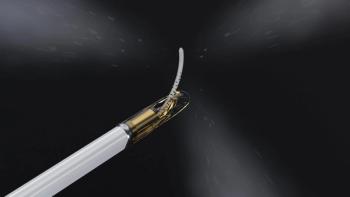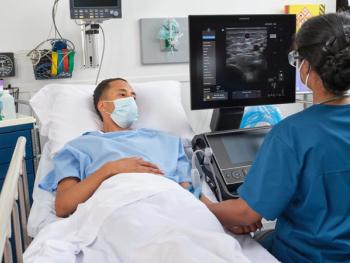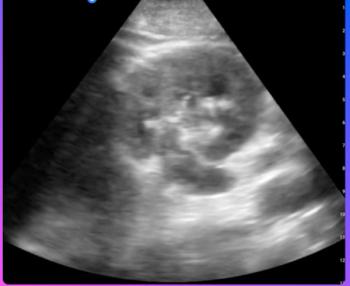
TeraRecon introduces affordable portable ultrasound
TeraRecon unveiled two digital, multi-functional, color Doppler systems targeted for the portable ultrasound market on Sunday at the RSNA meeting. With the UF-785XTD and the UF-780XTD, the company is attempting to bring the functionality of portable ultrasound systems a step closer to cart-based machines.
TeraRecon unveiled two digital, multi-functional, color Doppler systems targeted for the portable ultrasound market on Sunday at the RSNA meeting. With the UF-785XTD and the UF-780XTD, the company is attempting to bring the functionality of portable ultrasound systems a step closer to cart-based machines.
The two new products provide more advanced capabilities at an affordable price for potential customers in general practice and office settings.
UF-785XTD, developed for cardiovascular applications, offers three probe connections, which are unique among portable scanners, plus dual beam processing. The UF-780XTD, for general applications, comes with two simultaneous probe connections plus single-beam processing. Both systems feature a high-tech portable ultrasound scanner design and are equipped with 15-inch LCD monitors with XGA image quality. Imaging modes for both include 2D, tissue harmonics, M-mode, color Doppler, spectral Doppler (CW/PW), and power Doppler.
The new systems possess EKG capability, hard drive and DVD-R capability, and a built-in capability for efficient video clip recordings. Transducers and software upgrades are compatible across TeraRecon's XTD product line. Neither has yet cleared the FDA, but the company expects market clearance by year's end or first quarter of 2006.
Newsletter
Stay at the forefront of radiology with the Diagnostic Imaging newsletter, delivering the latest news, clinical insights, and imaging advancements for today’s radiologists.




























